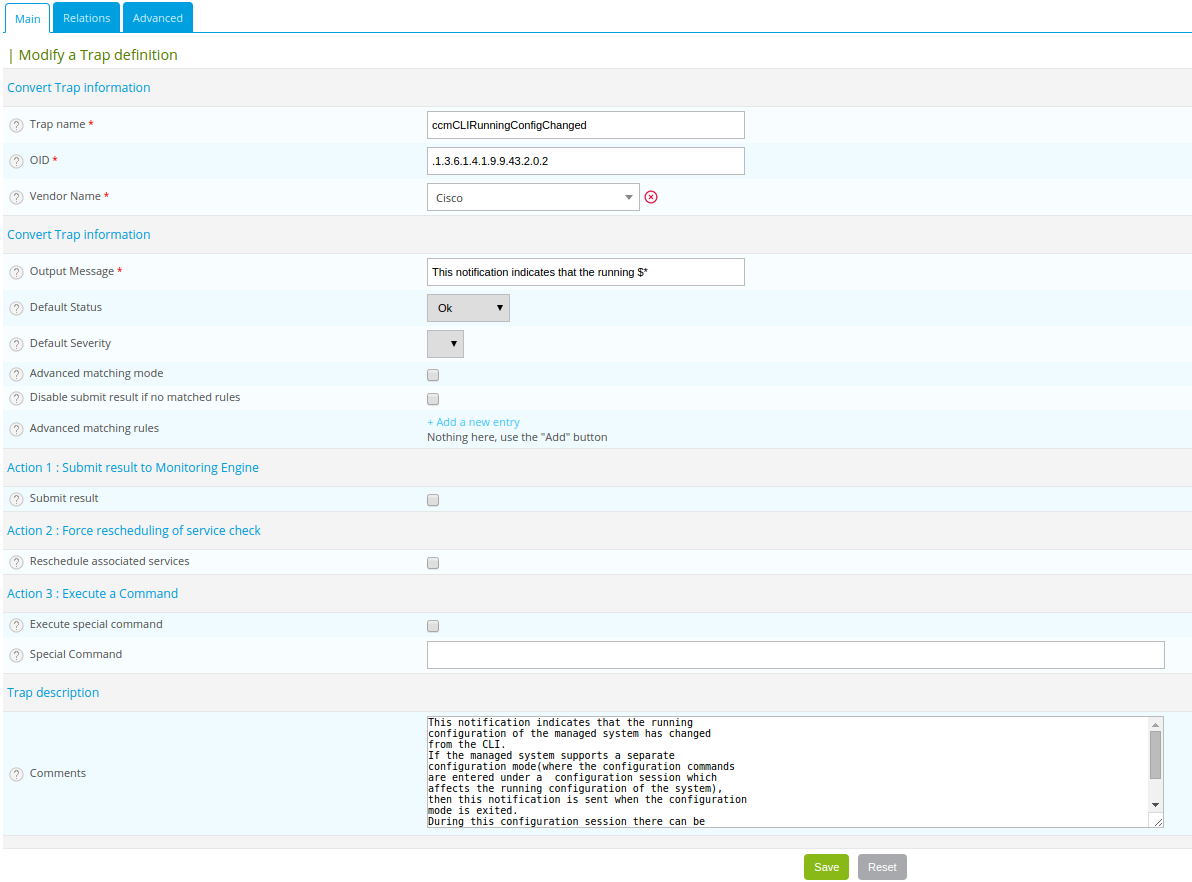Manual Configuracion Centreon
Our purpose is to keep you informed about Centreon latest new releases, best practices, tutorials, success stories, events, etc. Welcome on Centreon Documentation. On this website, you will find documentations of Centreon and all it's addons. This documentations give you key point to integrate.
. /etc/nagios3: contains configuration files for the operation of the nagios daemon, CGI files, hosts, etc. /etc/nagios-plugins: houses configuration files for the service checks. /etc/nagios: on the remote host contains the nagios-nrpe-server configuration files. /usr/lib/nagios/plugins/: where the check binaries are stored. To see the options of a check use the -h option.
Centreon Configuration
For example: /usr/lib/nagios/plugins/checkdhcp -h There are a plethora of checks Nagios can be configured to execute for any given host. For this example Nagios will be configured to check disk space, DNS, and a MySQL hostgroup. The DNS check will be on server02, and the MySQL hostgroup will include both server01 and server02. Host: a server, workstation, network device, etc that is being monitored.

Host Group: a group of similar hosts. For example, you could group all web servers, file server, etc. Service: the service being monitored on the host. Such as HTTP, DNS, NFS, etc. Service Group: allows you to group multiple services together.
This is useful for grouping multiple HTTP for example. Contact: person to be notified when an event takes place. Nagios can be configured to send emails, SMS messages, etc. By default Nagios is configured to check HTTP, disk space, SSH, current users, processes, and load on the localhost. Nagios will also ping check the gateway.
Large Nagios installations can be quite complex to configure. It is usually best to start small, one or two hosts, get things configured the way you like then expand.